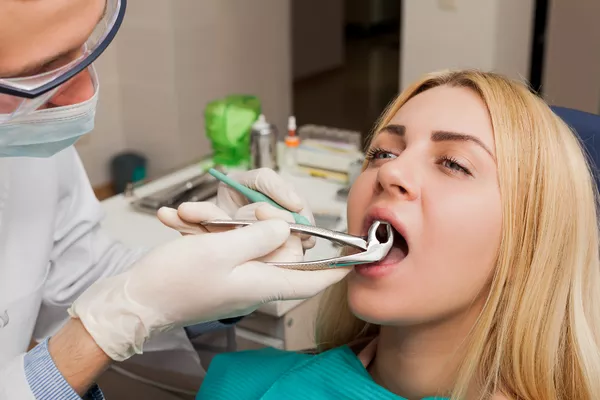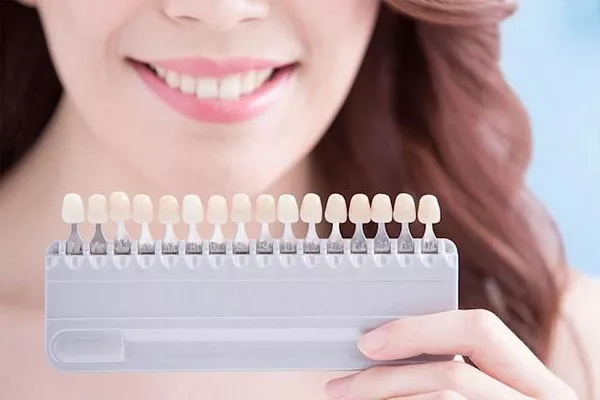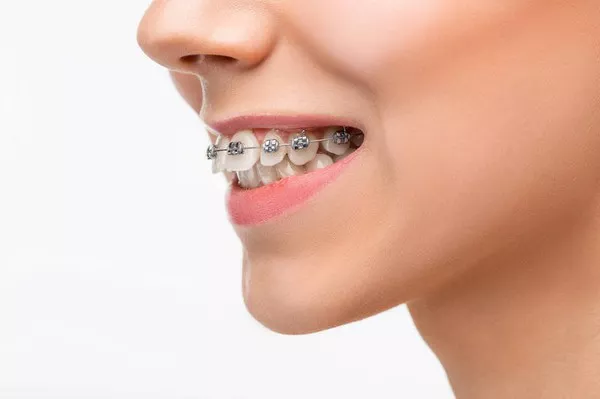Dental fillings are a common and effective way to restore teeth damaged by cavities or decay. However, some individuals may experience tooth sensitivity or pain after getting a filling. This post-filling discomfort can be concerning, but it is essential to understand that it is not uncommon. In this article, we will explore the reasons why a tooth may still hurt after a filling, common causes of post-filling sensitivity, and potential solutions to alleviate the discomfort.
Normal Post-Filling Sensitivity
After getting a dental filling, it is entirely normal to experience some sensitivity or mild discomfort. This is particularly true for tooth-colored composite fillings, as they require the removal of less tooth structure compared to amalgam fillings. The sensitivity is typically a result of the tooth’s nerves and pulp reacting to the filling procedure.
Causes of Post-Filling Tooth Pain
While post-filling sensitivity is normal, persistent or severe pain may indicate an underlying issue. Some common causes of tooth pain after a filling include:
a) Bite Misalignment: If the filling is too high or not properly aligned with the opposing teeth, it can cause excessive force on the filled tooth during chewing, leading to pain and discomfort.
b) Filling Size and Depth: Large or deep fillings can irritate the tooth’s nerve, causing sensitivity and pain.
c) Inflammation: The dental pulp may become inflamed after the filling procedure, resulting in temporary discomfort.
d) Nerve Irritation: The filling process can sometimes irritate the tooth’s nerve, causing sensitivity and pain.
e) Cracked Tooth: In some cases, the filling procedure may inadvertently lead to a cracked tooth, causing pain and sensitivity.
f) Pre-existing Tooth Infection: If a tooth had an undetected infection prior to the filling, the procedure may exacerbate the issue, leading to persistent pain.
g) Allergic Reaction: In rare cases, patients may have an allergic reaction to the filling material, leading to discomfort.
How Long Will the Sensitivity Last?
Post-filling sensitivity typically resolves on its own within a few days to a couple of weeks. However, the duration of sensitivity may vary depending on the individual, the filling material used, and the extent of the filling.
Tips to Manage Post-Filling Sensitivity
While post-filling sensitivity is usually temporary, there are some tips to manage and reduce discomfort:
a) Avoid Extreme Temperatures: To minimize sensitivity, avoid consuming extremely hot or cold foods and beverages.
b) Use a Toothpaste for Sensitive Teeth: Consider using a toothpaste specifically designed for sensitive teeth to help alleviate discomfort.
c) Over-the-Counter Pain Relief: Over-the-counter pain relievers such as ibuprofen can help reduce sensitivity and discomfort. Always follow the recommended dosage and consult your dentist if the pain persists.
d) Soft Diet: If the tooth is sensitive, stick to a soft diet to avoid putting additional pressure on the affected tooth during chewing.
e) Proper Oral Hygiene: Maintain excellent oral hygiene practices, including brushing gently with a soft-bristled toothbrush and flossing carefully.
f) Avoid Teeth Grinding: If you grind your teeth, consider wearing a nightguard to protect your teeth and prevent additional sensitivity.
When to Seek Dental Attention
While some sensitivity is normal after a filling, there are situations when it is essential to seek dental attention:
a) Severe or Prolonged Pain: If the pain is severe or persists for more than a couple of weeks, consult your dentist to rule out any underlying issues.
b) Painful Bite: If you experience pain when biting down, it may indicate a misaligned filling that requires adjustment.
c) Swelling or Infection: If you notice swelling or signs of infection around the filled tooth, contact your dentist immediately.
d) Cracked Tooth Symptoms: If you experience sharp pain when chewing or sensitivity to pressure, it could indicate a cracked tooth that needs prompt attention.
Potential Solutions
Your dentist will assess the cause of the pain and determine the appropriate solution:
a) Bite Adjustment: If the filling is misaligned, your dentist can adjust the bite to relieve pressure on the filled tooth.
b) Desensitizing Agents: Desensitizing agents can be applied to the sensitive tooth to alleviate discomfort.
c) Pulp Treatment: In some cases, if the pulp is inflamed or irritated, your dentist may recommend additional treatment, such as a pulp cap or root canal therapy.
d) Filling Replacement: If the filling is too large or deep, your dentist may recommend replacing it with a more appropriate size.
e) Cracked Tooth Treatment: If a cracked tooth is the cause of the pain, your dentist will recommend the appropriate treatment, which may involve a dental crown or root canal therapy.
Conclusion
Experiencing tooth sensitivity or pain after a filling is common, especially in the first few days following the procedure. While post-filling sensitivity is usually temporary, persistent or severe pain should not be ignored. Proper oral hygiene, using desensitizing toothpaste, and avoiding extreme temperatures can help manage sensitivity. If the pain persists or worsens, seeking dental attention is crucial to identify any underlying issues. Your dentist will determine the cause of the discomfort and recommend appropriate solutions to ensure the longevity of the filling and restore your comfort. Remember to maintain regular dental check-ups for preventive care and promptly address any concerns with your dentist for optimal oral health and a pain-free smile.
Related Topics:





























